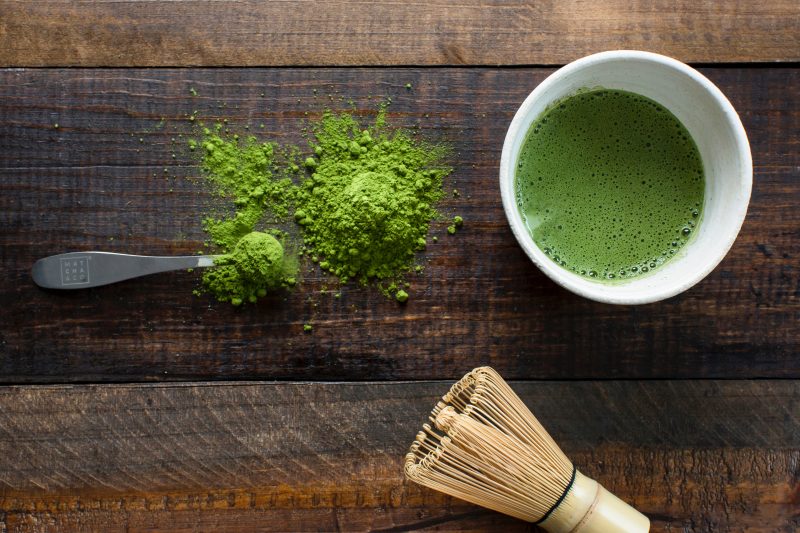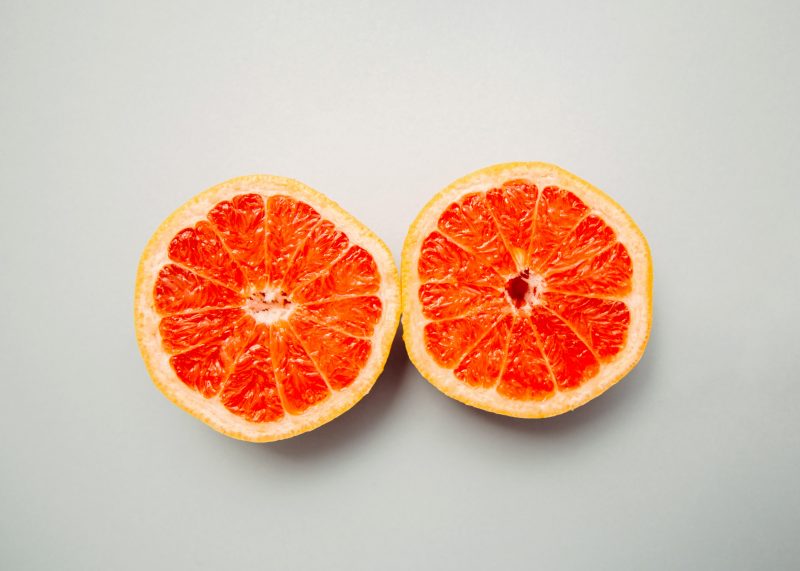Improving your diet can significantly decrease high blood pressure. Studies have indicated that specific foods can help lower blood pressure, both in managing and in the long term.
To reduce your blood pressure, foods rich in potassium and low in sodium, good fats, and a daily intake of bioflavonoids… are the avenues recommended by Dr. Jean-Michel Cohen, the nutritionist.
We know that certain foods are to be avoided from our diet to avoid blood pressure. But did you know that there are also foods that help reduce blood pressure? ” Foods rich in potassium and low in sodium like most fruits and vegetables are beneficial to our blood pressure,” explains Jean-Michel Cohen, nutritionist.
In today’s post, we will be sharing with you the top 10 foods that help in reducing blood pressure.
1. GARLIC

Garlic has been revealed to be very effective in decreasing blood pressure in hypertensive patients, also to first-line common anti-hypertensive medications. Kyolic garlic has moreover demonstrated promise in enhancing cardiovascular health by decreasing arterial stiffness, elevated cholesterol levels, and blood ‘stickiness’.
Garlic is not always appreciated because of the bad breath it gives, garlic nevertheless constitutes a good supply of selenium, a trace element with antioxidant properties and beneficial against cellular aging.
The fairly high potassium/sodium ratio also gives it great diuretic properties. garlic acts positively on blood fluidity, blood cholesterol level and reduces platelet aggregation, explains our expert. It also contains a hypotensive substance, all of which work together to promote cardiovascular health.
2. LENTILS

Lentils are a great source of fiber, folic acid, potassium, magnesium, and protein. As a plant-based food, they assist in decreasing the risk of many lifestyle disorders. Numerous studies on lentils have revealed that they can help in reducing blood pressure.
Legumes in general are full of vitamins, especially group B, trace elements (manganese, phosphorus, sodium, zinc ), and minerals. They are a very good source of magnesium, iron but also potassium. Lentils are the richest legumes in protein.
Associated with cereals, their proteins are particularly well assimilated, and can therefore compete with animal proteins.
3. PLAIN YOGURT

Calcium is the main player for balanced blood pressure because it assists our blood vessels to tighten and relax when they should. Plain, low-fat yogurt is a great means of including calcium into your diet without too much-added sugar or fat.
Want a taste spin? Toss in some berries for some natural sweetness, which will help more with blood pressure.
Source of probiotics, vitamins B2 and B12, and zinc, known for its richness in phosphorus and calcium, plain yogurt helps build strong bones and prevent osteoporosis.
Rich in protein and low in fat (1.5%), yogurt also helps in weight regulation.
4. AVOCADO

Often mistakenly perceived as excessively high in calories, avocado actually contains linoleic acid, an unsaturated fatty acid that promotes the proper functioning of the cardiovascular system.
Avocados are amazing for your rising blood pressure levels. They are loaded with oleic acid, which can decrease high blood pressure and cholesterol levels. Also rich in potassium and folate, both of which are great for the heart.
Simply avoid consuming it with mayonnaise, which is too high in calories. Instead, add lemon juice. Avocado is a source of potassium, it helps regulate blood pressure and also promotes renal elimination.
5. DARK CHOCOLATE

Antioxidant, euphoric, lower in calories than milk chocolate, it is rich in magnesium, potassium, and flavonoids, which help the body to better resist stress, one of the common causes of hypertension. It is therefore ideal if consumed sparingly, to fight against heart disease.
In 24 chocolate studies involving 1,106 individuals, it was found that dark chocolate, the type that includes at least 50 to 70 percent cocoa, reduced blood pressure in all subjects, but most especially in those with high blood pressure.
6. ARTICHOKE

Good for transit, artichoke is also an interesting source of iron, calcium, magnesium, and copper. “The artichoke contains good amounts of potassium, explains Jean-Michel Cohen, and by its diuretic action, eliminates excess fluids in the body, which lowers blood pressure”.
A study involving 98 men with hypertension discovered that consuming artichoke extract every day for 3 months decreased diastolic and systolic blood pressure by an average of 2.76 and 2.85 mmHg, respectively.
7. LIGHT GREEN TEA

Richer in tannins than black tea, green tea is a light tea, less exciting for the heart and for tension.
Clinical studies show that green tea can decrease systolic blood pressure (the top number) by up to 3.2 mmHg and diastolic blood pressure (the bottom number) by up to 3.4 mmHg in individuals with or without hypertension.
It is also found that green tea had the most notable results In lowering blood pressure, while black tea performed the next best.
8. THE MUSHROOMS

Made up largely of water, low in carbohydrates, they have the advantage of being very low in calories. Allow about 15 kcal for 100 grams of mushrooms. They are however rich in protein but also in selenium.
These effects on blood pressure are many. The lipid fraction of fungi is composed partly of plant sterols with a beneficial effect on the blood. Rich cholesterol in phosphorus and potassium are associated with much lower sodium, mushrooms are diuretic and help lower blood pressure.
9. GRAPEFRUIT

All citrus fruits, grapefruit, oranges, and lemons included, may have significant blood-pressure-lowering impacts. They’re packed with vitamins, minerals, and plant compounds that may assist in keeping your heart healthy by decreasing heart infection dangers like high blood pressure.
The pomelo has everything to please us. Not very sweet, it is initially low in calories (42 calories / 100 g). “Pomelo is a good source of vitamin P with a favorable action on the fluidity of the vascular membrane.
10. SWEET POTATO

A source of fiber and carbohydrates, the sweet potato is appreciated for its low glycemic index and its satiety. This makes it a very popular food during dieting. It is also rich in provitamin A, vitamin B9, vitamins E, C, B6, and manganese.
It is its potassium which makes it the ally of our blood pressure, underlines our specialist, a mineral which maintains normal blood pressure on the condition of course of limiting the salt during cooking.
It is important to note that diet and lifestyle changes can significantly decrease your numbers and your risk — without you needing to take any medication.
We hope you find our top 10 foods to lower blood pressure list helpful and informative. Don’t forget to let us know what your thoughts are in the comments below. Thanks for reading.